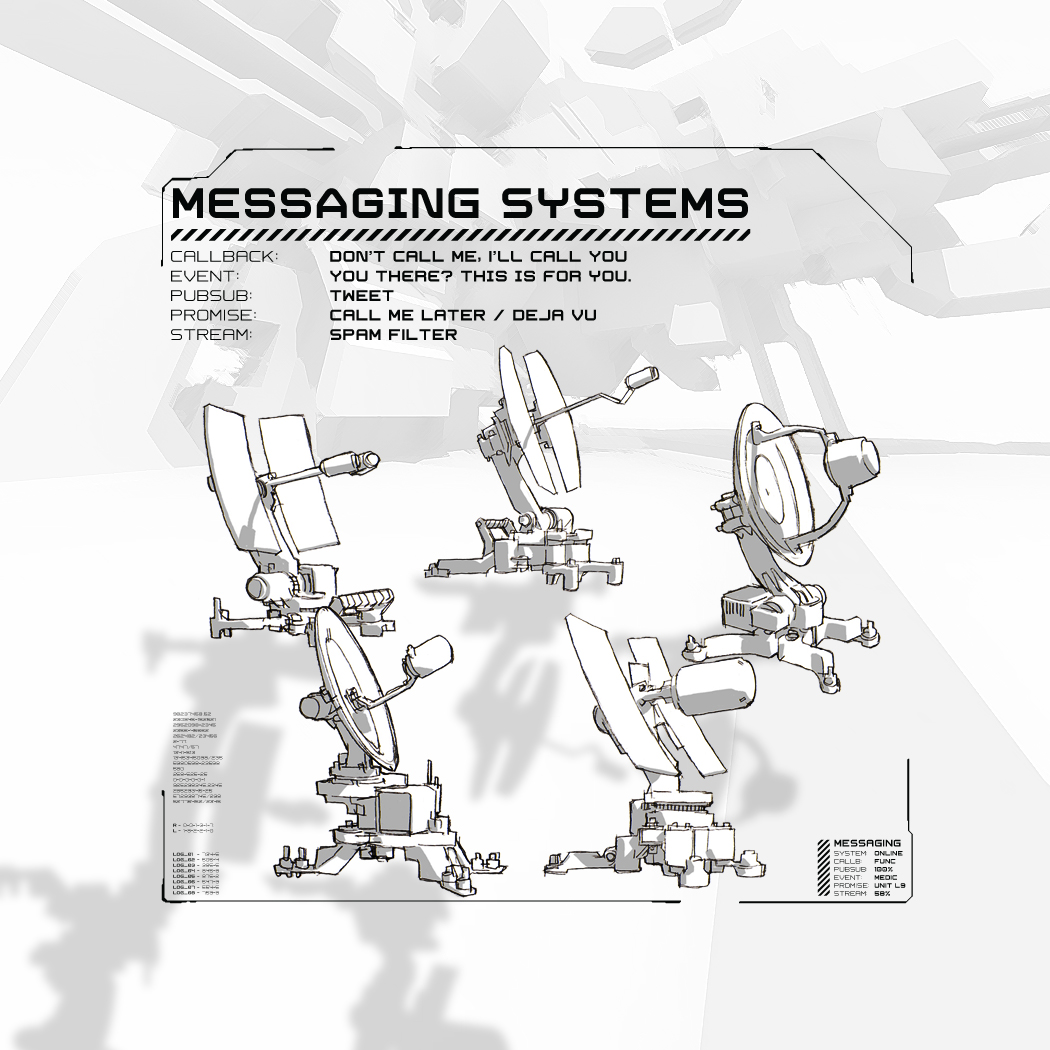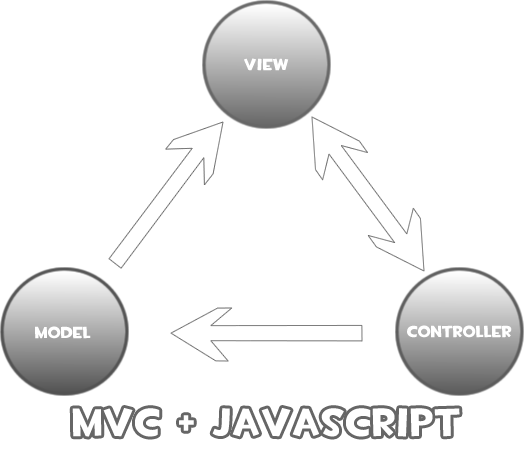Callbacks
Callbacks are a way be notified of an event and not have to care if it’s synchronous or asynchronous. This could happen immediately or some time later. It’s the “don’t call me, I’ll call you” of programming. It also gives the receiver the power to dictate where they message goes and usually in what scope. In languages that do not natively support blocking, asynchronous programming needs some mechanism to tell you when “things are done”.
Continue reading “Message Systems in Programming: Part 2 of 7 – Callbacks”



